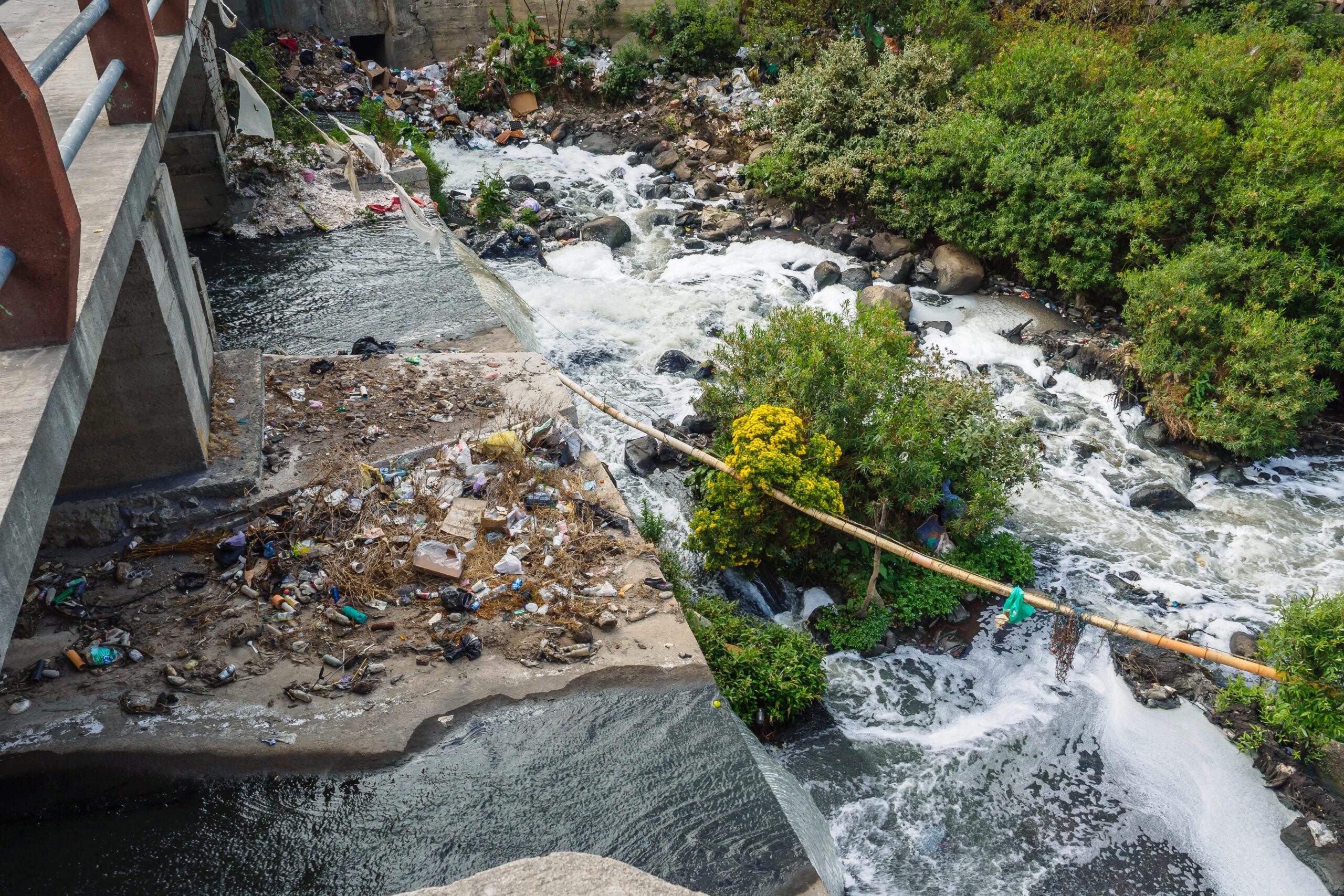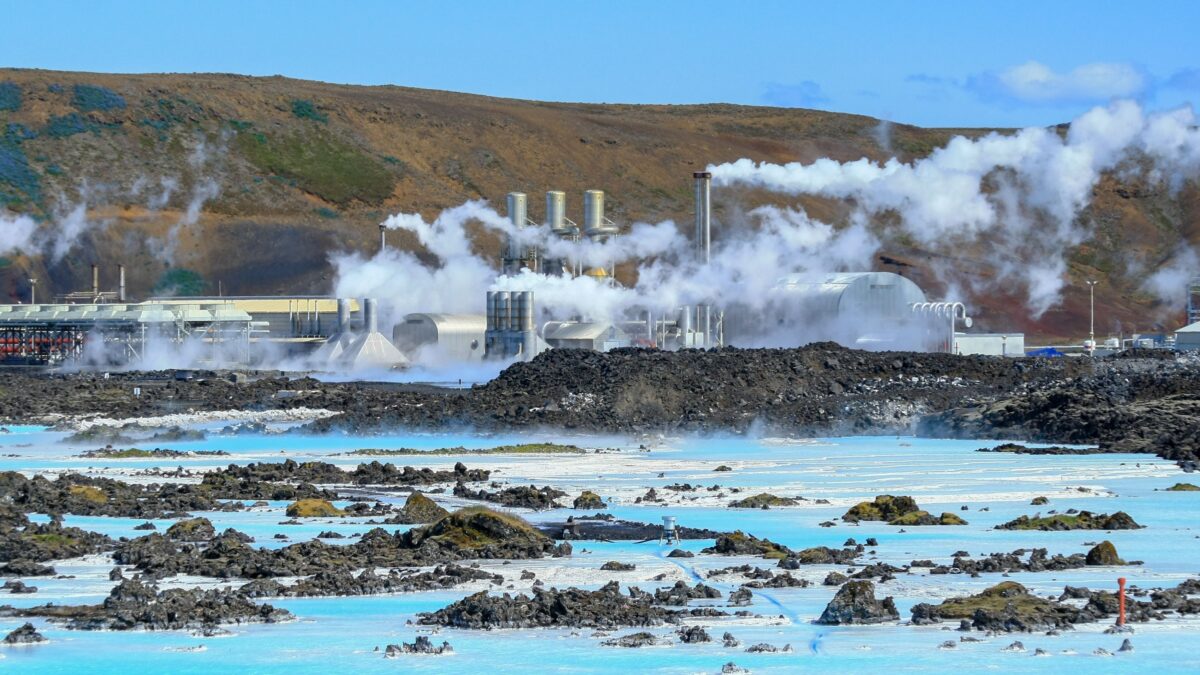Since the industrial revolution, the pace of American life has increased dramatically. And while higher speeds have led to many sources of progress in the American economy, they have also led to impatience, an impatience that shines brightest in the online marketplace, and one that proves costly for the environment. According to United States Census […]










